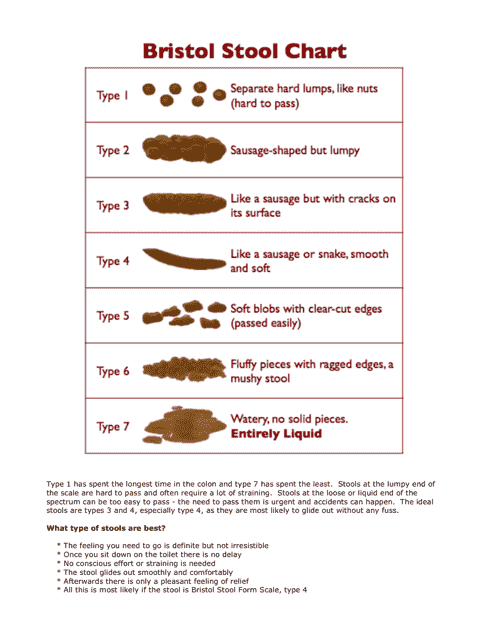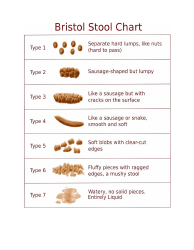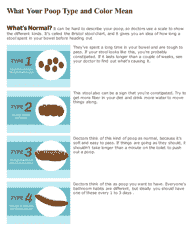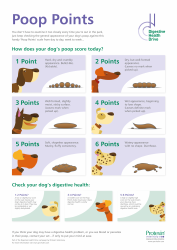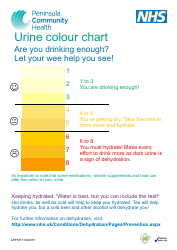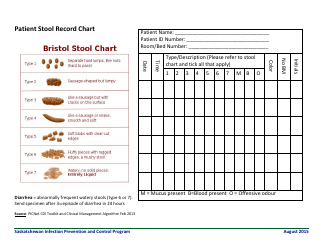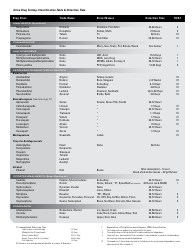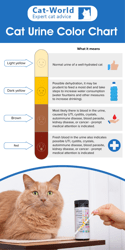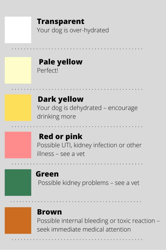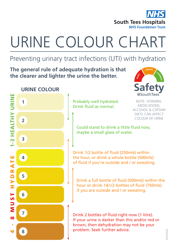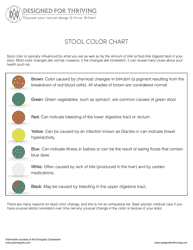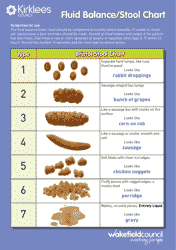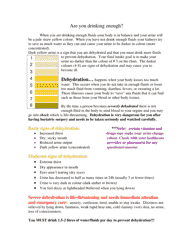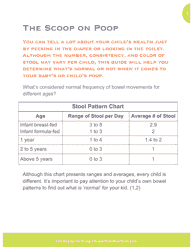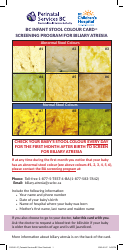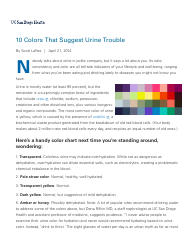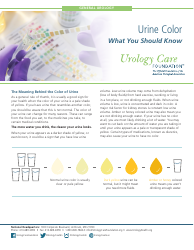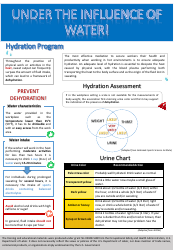Bristol Stool Chart - Seven Types
The Bristol Stool Chart is a tool used by doctors and healthcare professionals to classify different types of stool or feces based on their appearance and consistency. It can be used to assess digestive health and identify potential issues with bowel movements.
The Bristol Stool Chart - Seven Types is not filed by any specific organization or person. It is a visual representation used by medical professionals and individuals to assess the consistency and shape of human feces for diagnostic purposes.
FAQ
Q: What is the Bristol Stool Chart?
A: The Bristol Stool Chart is a tool used to classify different types of human feces.
Q: How many types are there in the Bristol Stool Chart?
A: There are seven types in the Bristol Stool Chart.
Q: What do the seven types in the Bristol Stool Chart represent?
A: The seven types represent different consistencies and shapes of feces.
Q: What is Type 1 in the Bristol Stool Chart?
A: Type 1 represents separate hard lumps, like nuts.
Q: What is Type 2 in the Bristol Stool Chart?
A: Type 2 represents lumpy and sausage-shaped feces.
Q: What is Type 3 in the Bristol Stool Chart?
A: Type 3 represents sausage-shaped with cracks on the surface.
Q: What is Type 4 in the Bristol Stool Chart?
A: Type 4 represents smooth and soft feces, formed like a sausage or snake.
Q: What is Type 5 in the Bristol Stool Chart?
A: Type 5 represents soft blobs with clear-cut edges.
Q: What is Type 6 in the Bristol Stool Chart?
A: Type 6 represents mushy consistency with fluffy pieces.
Q: What is Type 7 in the Bristol Stool Chart?
A: Type 7 represents watery, entirely liquid feces.
